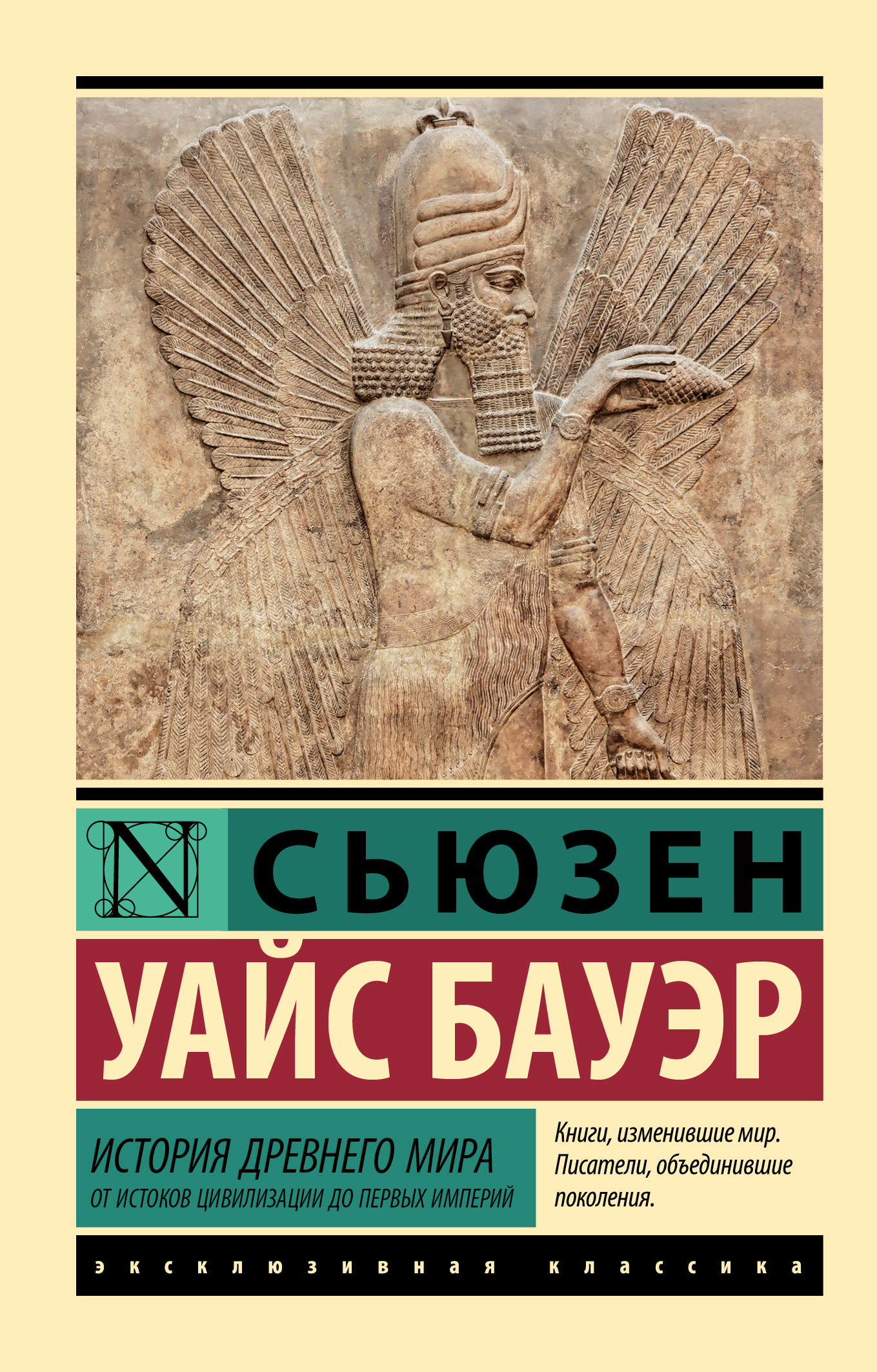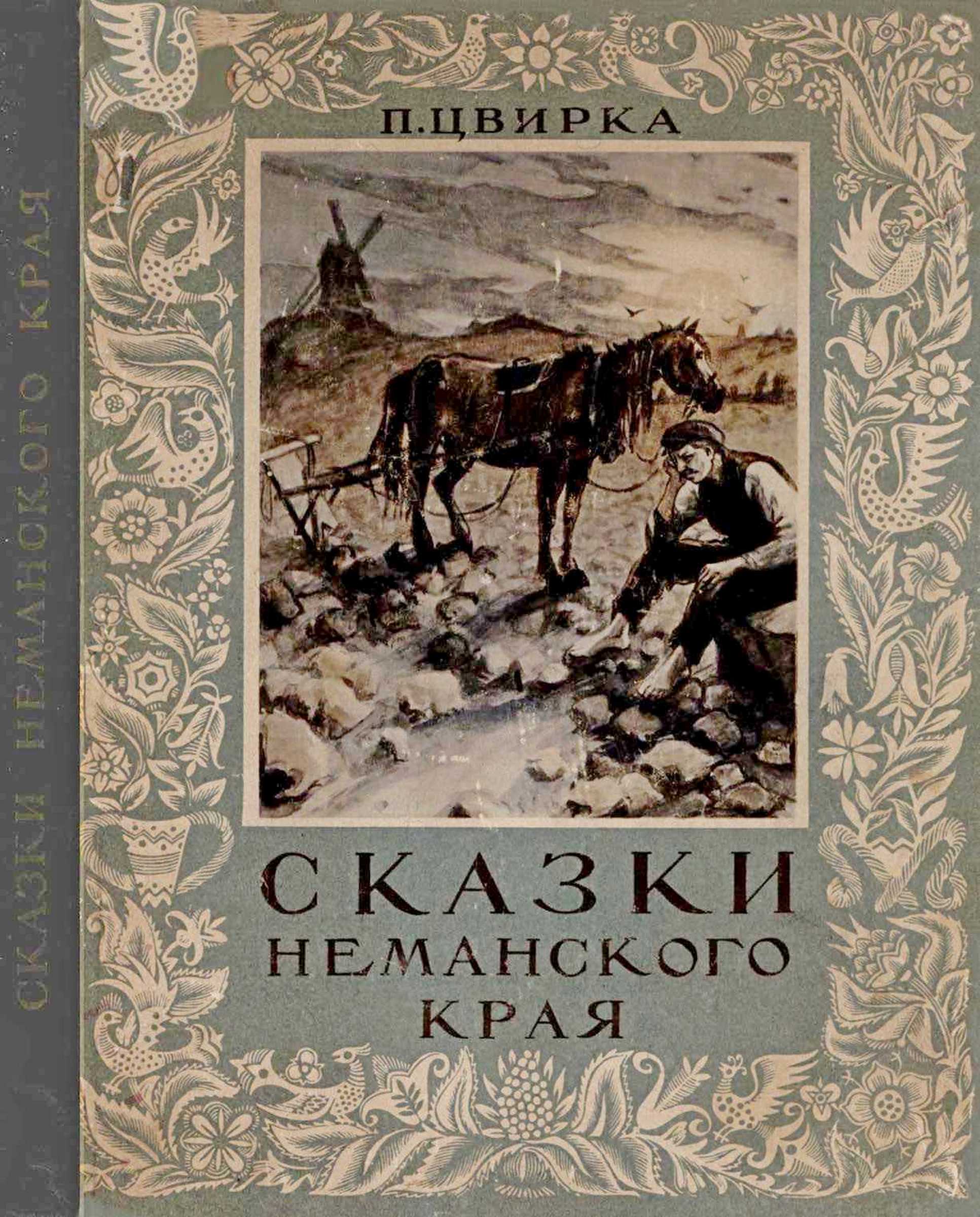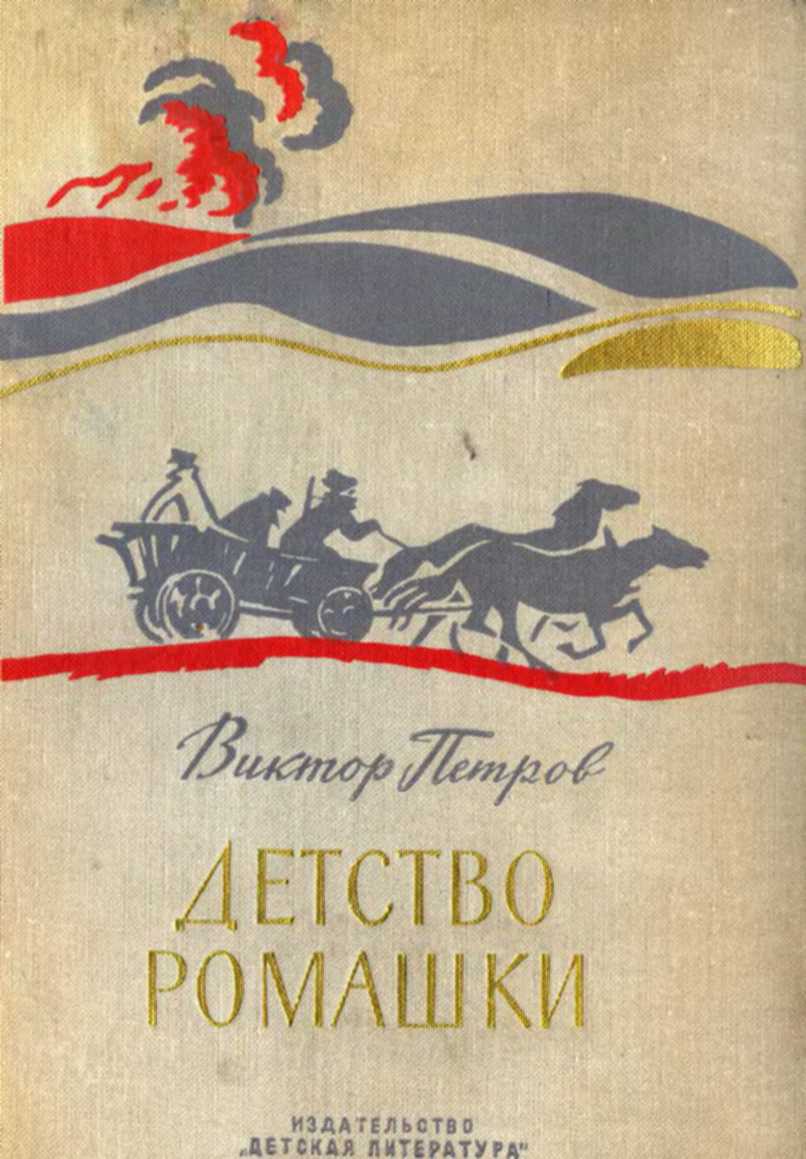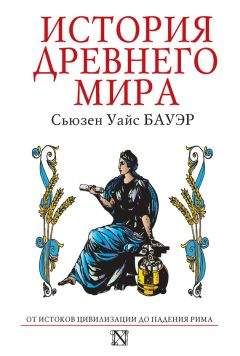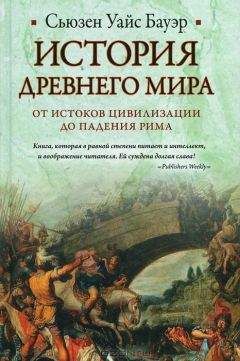27–29.
Clayton, p. 64.
Quoted in Clayton, p. 67.
Colin McEvedy, The New Penguin Atlas of Ancient History (2002), p. 36.
Kramer, The Sumerians, p. 61.
Roaf, p. 98.
Впервые отмечено: Hugo Radau, Early Babylonian History Down to the End of the Fourth Dynasty of Ur (1899), p. 307.
David Willis McCullough, ed., Chronicles of the Barbarians (1998), p. 8.
Oppenheim, Ancient Mesopotamia, p. 62.
«The Cursing of Agade», in ETC.
Ibid.
Kramer, The Sumerians, p. 330.
«A tigi to Bau for Gudea», in ETC.
«The Victory of Utu-hegal», in ETC.
Kramer, The Sumerians, p. 325.
«Ur-Namma the canal-digger», in ETC.
«A praise poem of Ur-Namma», in ETC.
Gen. 10:11–24.
Victor P. Hamilton, The Book of Genesis: Chapters 1—17 (1990), p. 363.
Adapted from «The death of Ur-Namma (Ur-Namma A)», in ETC.
Jonathan N. Tubb, Canaanites: Peoples of the Past (1998), p. 15.
J. M. Roberts, p. 41.
Tubb, p. 39.
Donald B. Redford Egypt, Canaan, and Israel in Ancient Times (1992), p. 63–64.
Aidan Dodson and Dyan Hilton, The Complete Royal Families of Ancient Egypt (2004), p. 80.
Quoted in Redford, Egypt, p. 67–68.
Qur’an 2.144–150.
Roaf, p. 101.
Quoted in Leick, Mesopotamia, p. 132–133.
Leick, Mesopotamia, p. 126.
Roaf, p. 102.
Tubb, p. 38.
John Perlin, Forest Journey: The Role of Wood in the Development of Civilization (1991), p. 43.
Thorkild Jacobsen, Salinity and Irrigation Agriculture in Antiquity (1982), p. 468.
D. Bruce Dickson, «Circumscription by Anthropogenic Environmental Destruction: An Expansion of Carneiro’s (1970) Theory of the Origin of the State», American Antiquity 52:4 (1987), p. 713.
Kramer, The Sumerians, p. 333–334, adapted.
Ibid., p. 334–335, adapted.
Несколько адаптировано из: «The Lament for Urim», in ETC.
Ibid.
Verbrugghe and Wickersham, p. 137.
Stephan Seidlmayer, «The First Intermediate Period», in The Oxford History of Ancient Egypt, ed. Ian Shaw (2002), p. 128–129.
Verbrugghe and Wickersham, p. 194.
Clayton, p. 72.
«Instructions for Merikare», in Miriam Lichtheim, Ancient Egyptian Literature, vol. 1 (1975), p. 70.
Shaw, p. 161.
Ibid., p. 151.
Dodson and Hilton, p. 87.
Ibid., p. 90.
«The Prophecy of Nerferti», quoted in Shaw, p. 158.
Clayton, p. 79.
Shaw, p. 160.
Silverman, p. 79.
Reconstruction of «Ishbi-Erra and Kindattu», segments A, B, D, and E in ETC.
Roaf, p. no.
Saggs, Assyria, p. 28–30.
Reconstructed from the somewhat fragmented «Letter from Nann-ki-ag to Lipit-Estar about Gungunum’s troops» and «Letter from Lipit-Estar to Nann-ki-ag about driving away the enemy», both in ETC.
«An adab to Nanna for Gungunum (Gungunum A)», in ETC.
L.W. King, The Letters and Inscriptions of Hammurabi, vol. 3 (1976), p. 213, translation of «Reign of Sumu-abu».
Translated by A. K. Grayson, Assyrian and Babylonian Chronicles (1975), p. 155.
Assyrian king list quoted in Saggs, Assyria, p. 25.
Daniel David Luckenbill, Ancient Records of Assyria and Babylon, Volume I: Historical Records of Assyria from the Earliest Times to Sargon (1926), p. 16.
Saggs, Assyria, p. 37.
Roaf, p. 116.
Saggs, Assyria, p. 25.
Gwendolyn Leick, The Babylonians: An Introduction (2003), p. 33.
Oppenheim, Ancient Mesopotamia, p. 156.
H. W. F. Saggs, Babylonians (1995), p. 98.
Ssu-ma Ch’ien, The Grand Scribe’s Records, vol. 1, ed. William H. Nienhauser, Jr., translated by Tsai-fa Cheng et al. (1994), p. 21.
Ibid., p. 22.
Ibid., p. 32.
John King Fairbank and Merle Goldman, China: A New History (2002), p. 37.
Li Liu and Xingcan Chen, State Formation in Early China (2003), p. 35.
Ibid., p. 35.
Ch’ien, p. 37.
Ibid., p. 38.
J. A. G. Roberts, p. 5.
Ch’ien, p. 38; the exact quote is «I regret failing to kill T’ang in Hsia-t’ai; that is what has brought me to this».
Jorgen Laessoe, People of Ancient Assyria: Their Inscriptions and Correspondence (1963), p. 47.
Перефразировано для лучшего понимания из: Laessoe, p. 50.
Laessoe, p. 68–69.
